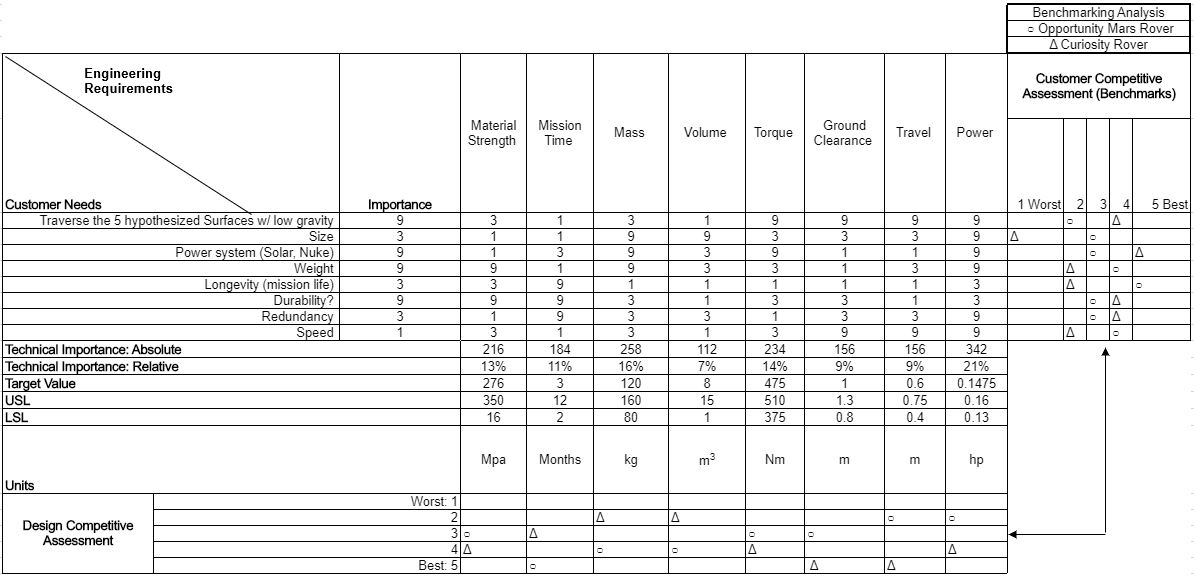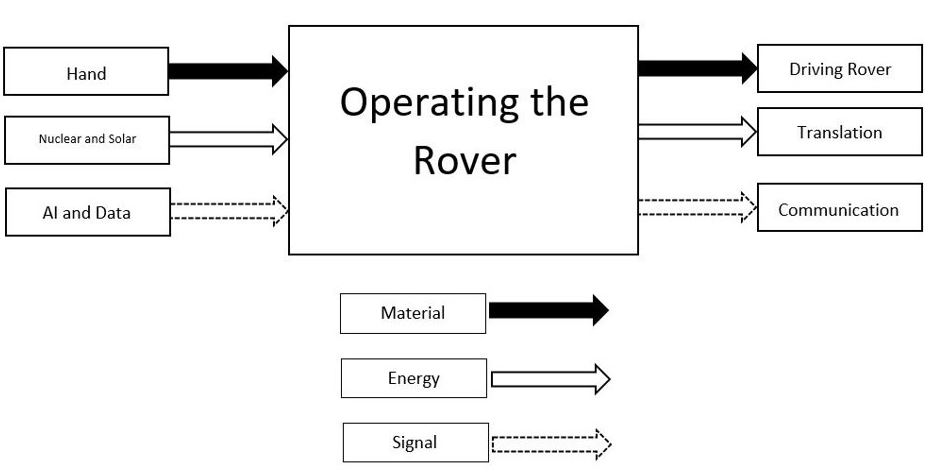

Capstone Project 20F11: NASA Psyche Mission: Robotic Explorer
Overview of Psyche MissionPsyche is both the name of an asteroid orbiting the Sun between Mars and Jupiter -- and the name of a NASA space mission to visit that asteroid, led by Arizona State University. The mission was chosen by NASA on January 4, 2017 as one of two missions for the agency's Discovery Program, a series of relatively low-cost missions to solar system targets. The Psyche spacecraft is targeted to launch in summer 2022 and travel to the asteroid using solar-electric (low-thrust) propulsion, arriving in 2026, following a Mars flyby and gravity-assist in 2023. After arrival, the mission plan calls for 21 months spent at the asteroid, mapping it and studying its properties. The spacecraft will include a Gamma Ray and Neutron Spectrometer, a Multispectral Imager, a Magnetometer and an x-band radio telecommunications system. The Psyche mission will also test a sophisticated new laser communication technology, called Deep Space Optical Communication, that encodes data in photons to communicate between a probe in deep space and Earth.
Previously, the consensus of the science community was that the asteroid Psyche was almost entirely metal. New data on density, radar properties, and spectral signatures indicate that the asteroid is possibly a mixed metal and silicate world. There are still contradictions in the current available data, but the best analysis indicates that Psyche is likely made of a mixture of rock and metal, with metal comprising between 30-60% of its volume. The asteroid's composition has been determined by radar observations and by the measurement of thermal inertia (how quickly an object gains or reradiates heat). This will be NASA's first space mission to a world rich in metal, rather than rock or ice. Scientists think Psyche may consist largely of metal from the core of an early planet, one of the building blocks of the terrestrial (rocky) planets in our solar system: Mercury, Venus, Earth and Mars. Psyche is most likely a survivor of multiple violent hit-and-run collisions, common when the solar system was forming. The asteroid Psyche may be able to show us how Earth's core and the cores of the other terrestrial planets came to be.
https://psyche.asu.edu/mission/
https://psyche.asu.edu/mission/the-spacecraft/
https://psyche.asu.edu/science/
Problem
The NAU Psyche rover team mission is to create, prototype, and test a rover that could traverse the hypothesized surfaces of the Psyche asteroid. These surfaces could include mostly flat metallic, flat metallic with metal and/or rocky debris, rough/high relief metallic and/or rocky terrain, and high-relief metallic crater walls. The other constraints of this project are the low gravity on Psyche (0.144m/s^2), which could affect how our rover attaches to the surface and will affect the frictional forces between the rover and the surface. Since we do not know exactly what the asteroid looks like, what the surfaces are, and what the surfaces are composed of, this project will be based on previous assumptions made by scientists investigating the asteroid. The success of this project will be determined primarily by how well our rover can traverse the hypothesized surfaces.

The QFD identifies, relates, and ranks the customer needs to the engineering requirements. Each of the customer requirements were ranked against the engineering requirements on a scale of 1-3-9 to calculate the relative technical importance of each parameter, with one being the least important, three average importance, and nine most important. Based on the results displayed in the QFD, the teamís focus is on the power system, size of the rover, and torque output of the motor.

This black box model consists of materials (solid arrow), energies (hollow arrow), and signals (dashed arrow). This model was critical to help the Psyche Capstone Team visualize the necessary systems for the rover.

The functional decomposition for the Psyche Rover allowed us to visualize the necessary subsystems needed for the Psyche rover.
Page last modified: February 19 2021 15:27:38.
